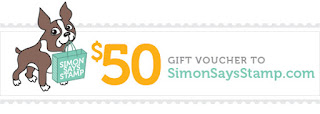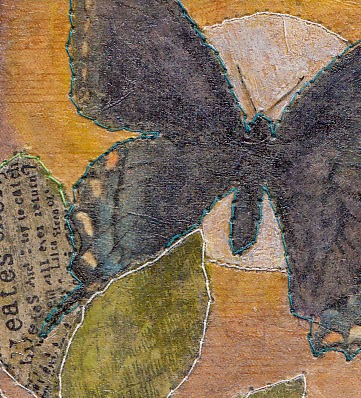Inspired by this week's Simon Monday challenge, I'm sharing this journal page that features a trio of vintage canines (Tim Holtz Paper Dolls).
The background is the original cover page from a magazine which I hung on to because I thought it had potential.
It's tricky working with magazine papers as they tend to wrinkle and can be fragile so I use a glue called "Yes" because it doesn't buckle paper.
I used a stencil (Clarity Stamps Treescape) with some dark gray metallic paint and the birds were stamped on tissue paper before pasting down.
The paper dolls were peeled from their backing and most of the paper rubbed off to make them nice and thin which is my preference when collaging.
Both sides of the dolls were sealed with acrylic medium before assembly on the page to protect them and give them strength. I used various staining inks to tint them with a small brush.
As always, I hope this post finds you well and happy and I appreciate your visit.
Until next time, take care.































